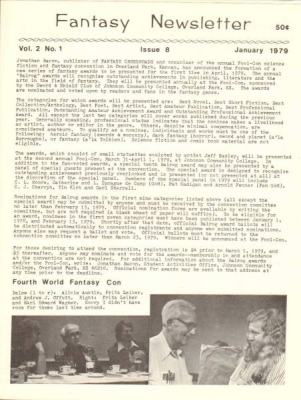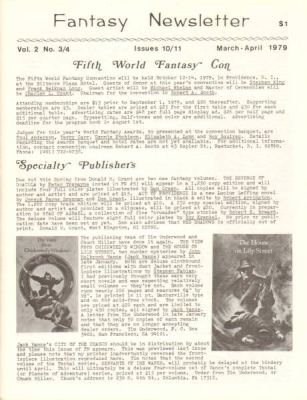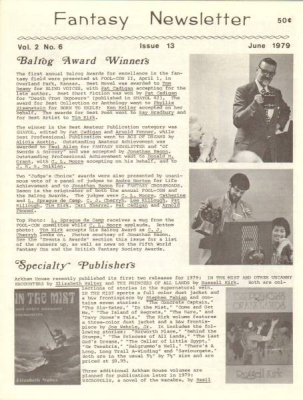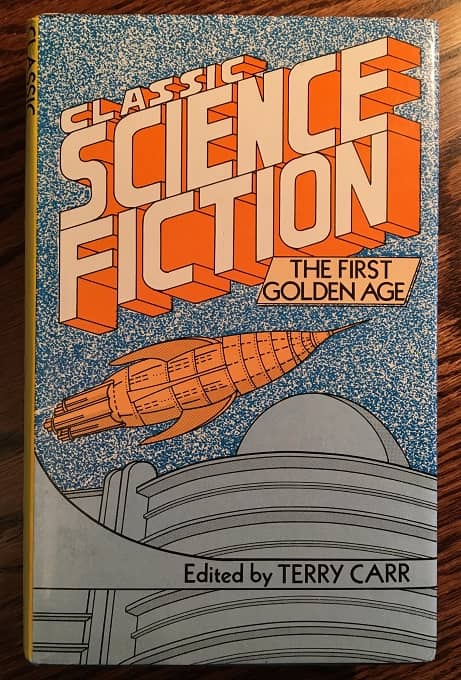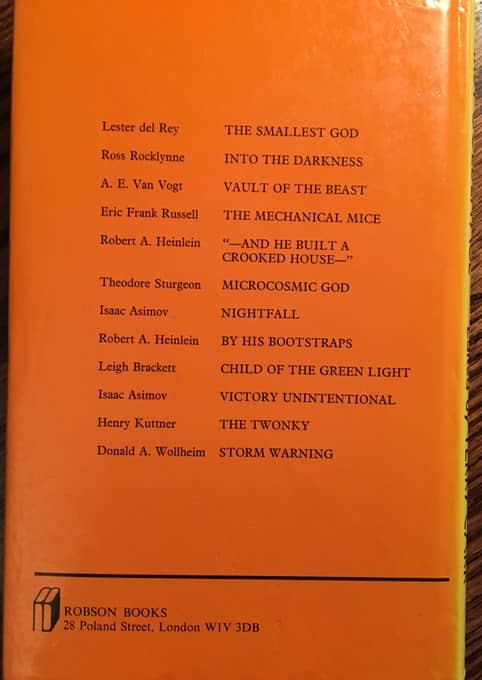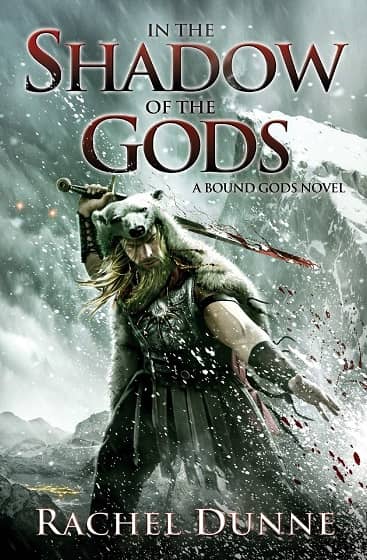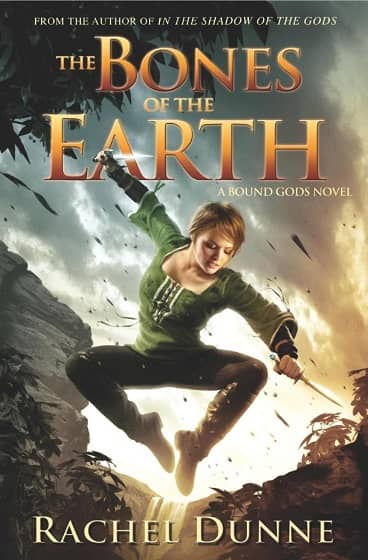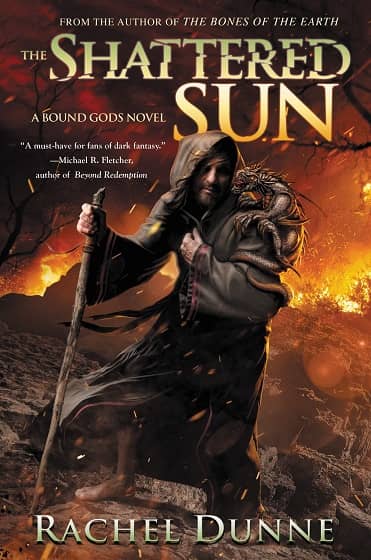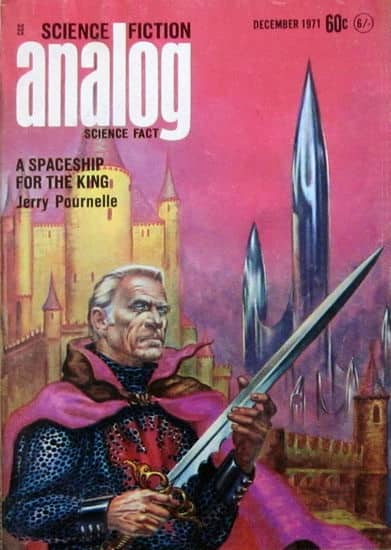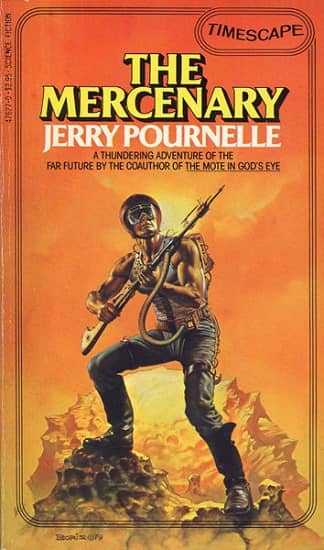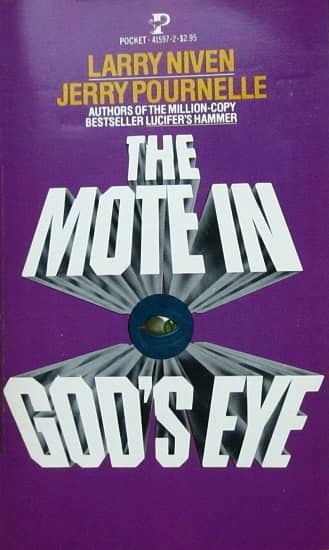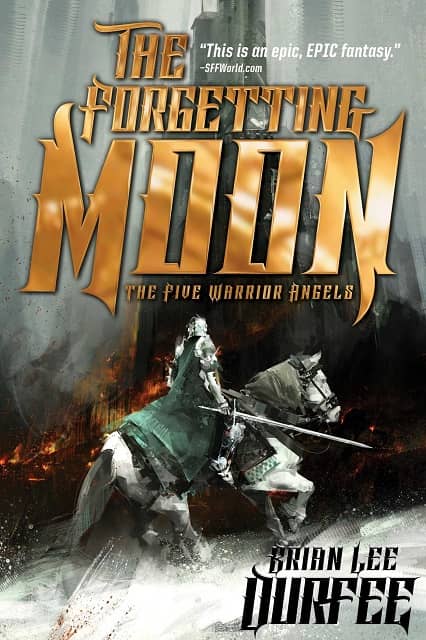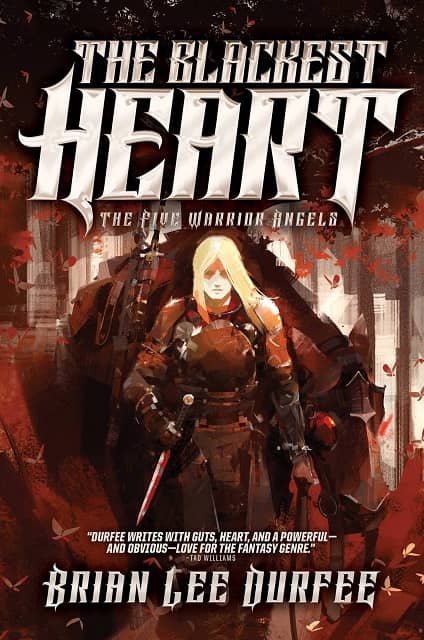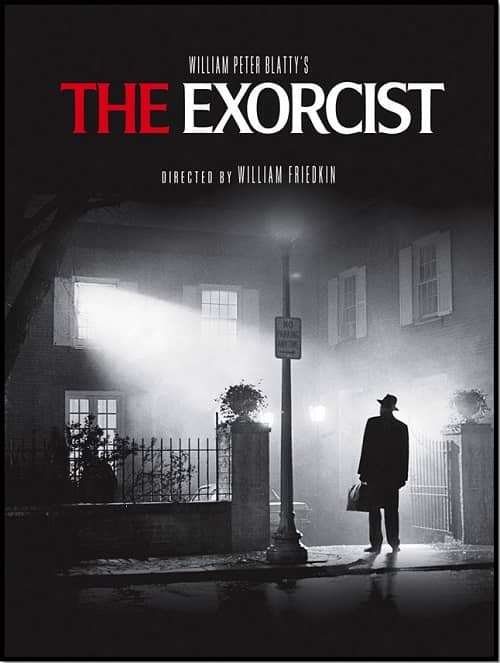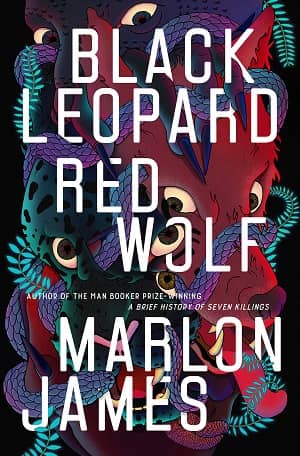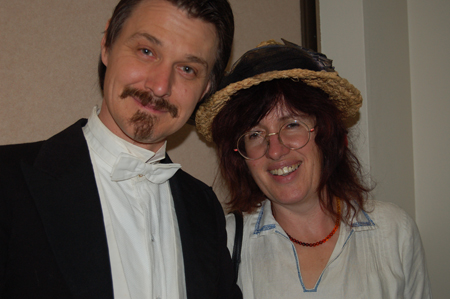The Golden Age of Science Fiction: Fantasy Newsletter
The Balrog Award, often referred to as the coveted Balrog Award, was created by Jonathan Bacon and first conceived in issue 10/11 of his Fantasy Crossroads fanzine in 1977 and actually announced in the final issue, where he also proposed the Smitty Awards for fantasy poetry. The awards were presented for the first time at Fool-Con II at the Johnson County Community College in Overland Park, Kansas on April 1, 1979. The awards were never taken particularly seriously, even by those who won the award. The final awards were presented in 1985. Both categories in which Allen was nominated, Amateur Achievement and Amateur Publication, lasted the entire run of the Balrog Awards. Allen had won the Achievement award the first year the awards were presented.
The World Fantasy Awards are presented during the World Fantasy Convention and are selected by a mix of nominations from members of the convention and a panel of judges. The awards were established in 1975 and presented at the 1st World Fantasy Convention in Providence, Rhode Island. Traditionally, the awards took the form of a bust of H.P. Lovecraft sculpted by Gahan Wilson, however in recent years the trophy became controversial in light of Lovecraft’s more problematic beliefs. The Non-Professional Special Award has been part of the award since its founding. In 1980, the year Allen received the award for his work on Fantasy Newsletter, the convention was held in Baltimore, Maryland.
